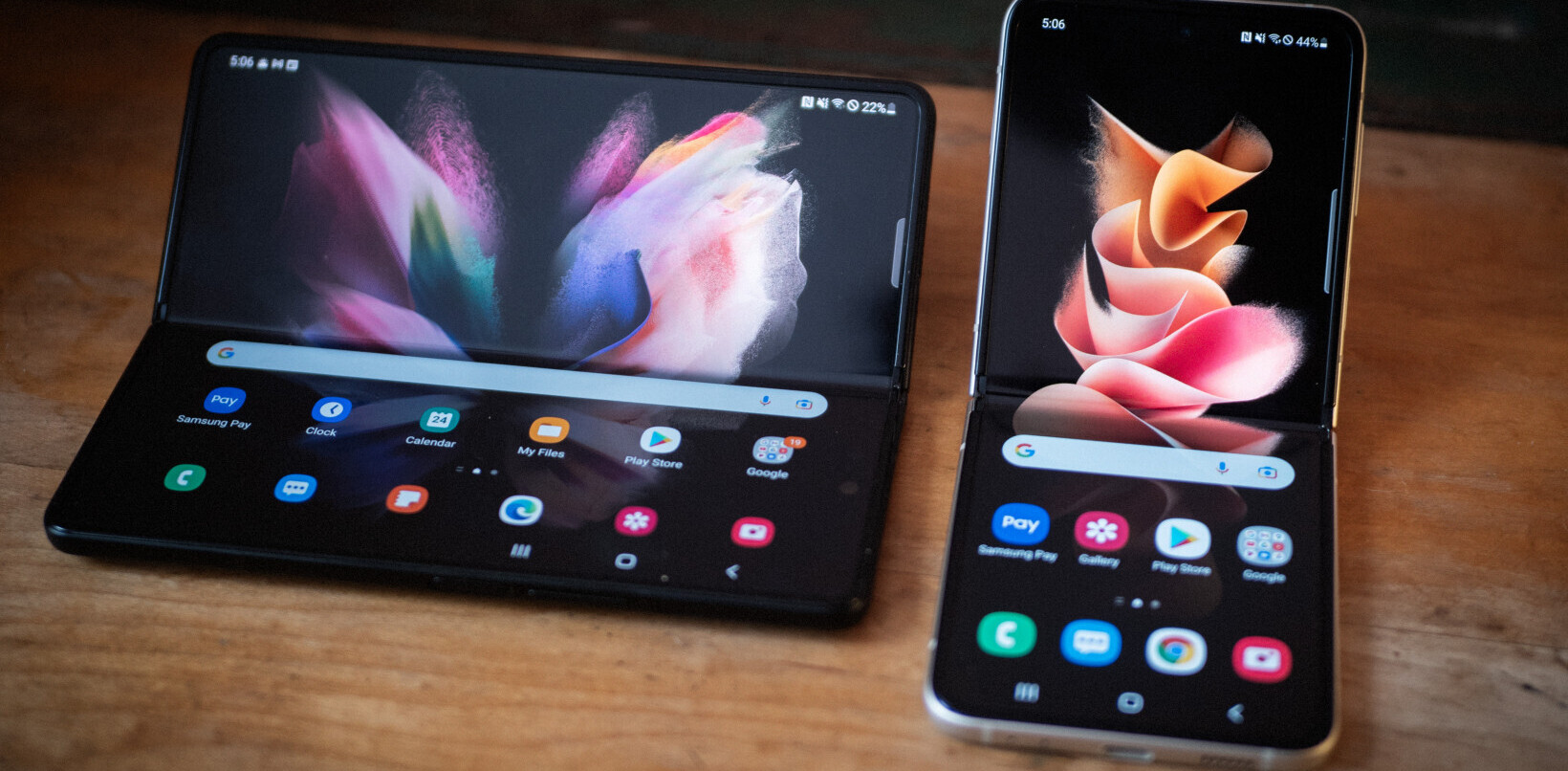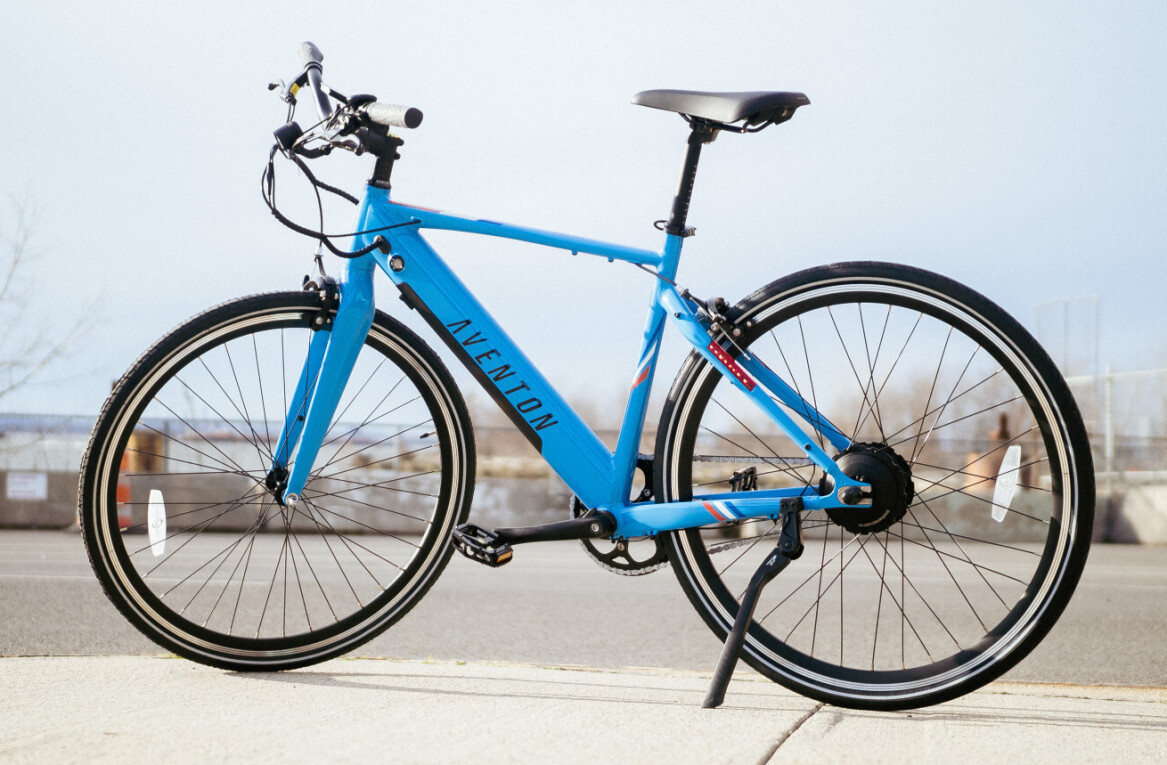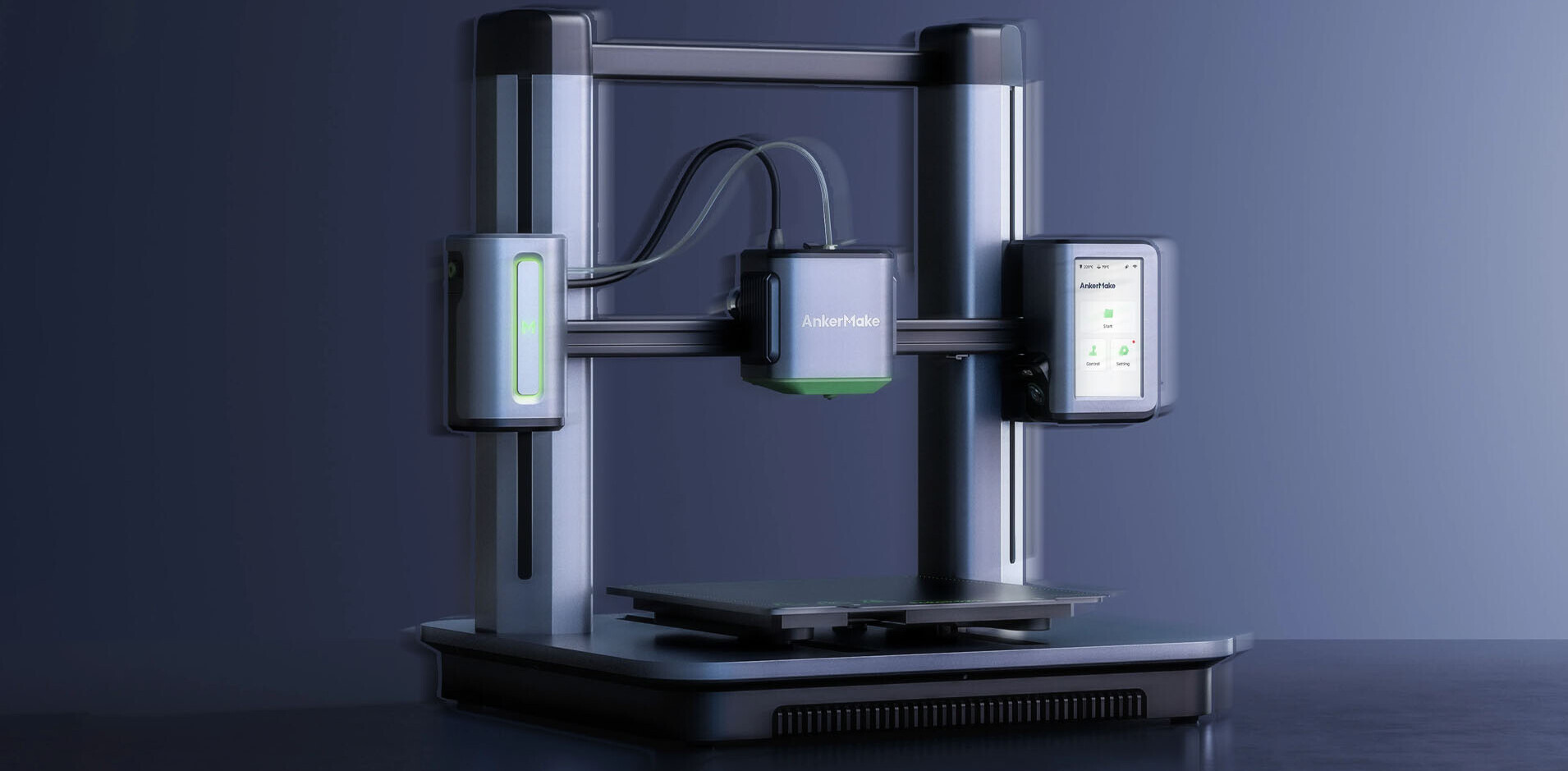
Some audiophiles spend more money on speakers than their cars. Some spend thousands of dollars on extravagant headphones, and still others shell out the Benjamins for the latest overkill DACs and amps. But if you ask me, there are few things as luxurious in the world of audio as a pair of earbuds sculpted to perfectly fit your ears.
Custom in-ear monitors (IEMs) are ostensibly the endgame of sound quality for audiophiles on the move. They tend to represent the best of a manufacturer’s acoustic technology, and their bespoke nature makes them equal parts gadget and jewelry.
Trying my own set of customs is an itch I’ve wanted to scratch since I bought my first pair of fancy earbuds about a decade ago, but it just seemed like such a hassle. Setting up a doctor’s appointment and waiting weeks for the customs to arrive seemed like a lot of work for a pair of little headphones. Not to mention I don’t want someone getting so intimate with my ear canal if I can avoid it.
But when Campfire Audio offered to let me test its Solstice IEMs, a $1,500 pair of custom earbuds (I plan on shipping them back), I decided to face my fears and see whether customs are really worth it.
Spoiler alert: they are. Just be ready to stuff your ears with silicone goop.
What’s the point of custom earbuds?
Companies will often claim all sorts of acoustic improvements with custom earbuds, but the most obvious and practical benefit is simply the perfect fit. That means more comfort, more isolation, and a more consistent acoustic seal. They will pretty much never fall out, which is part of why they were popular with professional musicians long before audiophiles.

In some cases, custom earbuds are also simply able to fit more (or larger) drivers into the housing, as they can maximize the space directly outside your ear canal. That’s not technically the case with the Campfire Solstice, which uses the same five drivers as the company’s uber-popular (and universal-fit) Andromeda earbuds. But it’s not uncommon to see customs with 10 drivers or more per ear.
Still, Campfire Audio sent me a pair of Andromedas so I could see how the custom model and universal models compare using the same drivers, even if they are tuned somewhat differently.
How do I get me some customs?
The process might vary a little depending on the manufacturer, but pretty much all of them require you to schedule an appointment with an audiologist for your ear impressions. These are usually physical molds, but sometimes 3D scans too.
Your impressions are then sent to the manufacturer and are used to design a housing that perfectly fits your ears. In Campfire Audio’s case, your 3D impressions are scanned and kept on file for any future orders or alterations. Campfire Audio also offers two types of fit for their customs: an ‘artist’ fit that goes deeper into the ear canal and an ‘audiophile’ fit that provides a little more breathing room for more comfort over extended listening periods.

Turnaround time varies significantly from company to company, ranging from roughly two to eight weeks after they receive your impressions. Once you receive the earbuds, you might need to give yourself some time to get used to the seamless fit, but that’s unlikely to be an issue if you’re already accustomed to earbuds with deep insertion.
Occasionally, you might have to send the earbuds back to the manufacturer for a fit adjustment, but most of the time they should be perfect from the outset. My Campfire Solstice samples fit my ears like a tailored suit. It’s hard to describe how nice it feels to have a product that’s made for you and only you.
How do I pick an audiologist?
Custom earbud makers will often have a list of preferred or trusted audiologists to choose from, but almost any audiologist should be able to make ear impressions. Making ear molds is something virtually any audiologist can do, although some have more experience with making impressions for custom earbuds specifically. Your customs manufacturer might have a set of guidelines that you can mention to your audiologist to make sure everything goes smoothly with your impressions.
Your bigger concern might be pricing, which can vary dramatically – especially if you live in a major city. I’m in NYC, and the first place I called quoted me $300 for a pair of impressions, which is rather absurd. The cheapest place I called quoted me $80 for the pair but was booked a month in advance. Ultimately I chose a place that charged me $120.
What’s the audiologist visit actually like?
While each audiologist might do things a little differently, for the most part, the process seems to be fairly consistent for silicon ear molds.
My audiologist first checked my ear canals to make sure they were free of wax buildup that might interfere with the impressions. If you’re squeamish about that, you might want to give your ears a nice cleaning the day before your appointment.

She then inserted a cotton ball into my ear canal to block the impressions material from going too deep. This was probably the most uncomfortable part of the process, as it’s really weird having someone stick something so far into your ear canal. I was then asked to bite on a bite block, which keeps the mouth open for the best fit (sometimes ear canals open up slightly when they open their mouths).
Next came the fun/gross part: she filled my ears with the pink silicone goop. That goop takes about five minutes to harden, and during that time, I could barely hear a thing. Once they hardened, the audiologist twisted the impressions out of my ear, and I tried not to cringe at some earwax staining the molds. Yuck.
If you want a visual overview of the process, the video below provides a decent simulacrum of my own visit:
And that’s about it. It was a slightly uncomfortable experience, but not a painful one. I then simply took the impressions home and shipped them with a label provided by Campfire Audio.
Can’t I just make my own ear impressions?
You can in theory, but I don’t recommend it. If you’re going to be spending hundreds or thousands of dollars on a pair of headphones, you might as well spend the money to have a professional make your molds and get it right the first time. You don’t want to have to ship your earbuds back and forth to get the fit adjusted, or worse, injure yourself while making the mold.
Just how well did they fit?
My Campfire Solstice review units, which use the shallower audiophile fit, were a perfect match for ears. It was a bit of a weird sensation to have such a tight fit at first, but after a short acclimatization period, I find them more comfortable than any universal earbuds I’ve ever tried (and I’ve tried a lot). I can wear them for an entire workday without discomfort and only the occasional break, something I’ve rarely been able to say with earbuds.

I also have to mention that these are some classy-looking customs. It’d be nice if Campfire Audio offered some of the customization options available from other manufacturers, but I personally really dig the minimalist design.
How much noise do they block out?
A lot. I can’t speak for all custom earbuds, but the Solstice provides more isolation than the vast majority of active noise-canceling headphones I’ve used. They are particularly effective at quieting mid-range sounds like voices, which active noise-canceling headphones tend to struggle with. The artist fit would’ve likely blocked even more.
It’s not necessarily that much more isolation than some universal fit IEMs out there, but it’s the best balance of isolation and comfort I’ve tried.
Okay, but how do they sound?
I’m not the type of reviewer to wax poetic on an audio product I like. The Campfire Audio Solstice simply sound like a pair of really nice earbuds.
They extend deep down to 20Hz without being too boomy, and I find the highs to be detailed without being too abrasive. The acrylic shell seems adept at removing distracting resonances, and they also seemed to have a surprisingly large soundstage for sealed in-ear monitors. Naturally, the high isolation makes it easy to be fully immersed in the music.

I’m actually a little surprised by how much I did like them. I tend to like headphones that follow the Harman Curve, a research-backed target frequency response. But Campfire Audio doesn’t tune its headphones to a specific curve, preferring to highlight the individual drivers and making different headphones that suit different types of listeners.
That’s not a philosophy I personally agree with, but our tastes seem to have aligned with Solstice. I do think they are a touch on the warm side, but I found the Solstice to have a highly agreeable presentation on the whole.
How do they compare to universal IEMs?
I think it’s important to keep your expectations in check. When I was a budding audiophile, I’d often assume that uber-expensive gear like custom headphones would dramatically transform my listening experience.
Compared to the campfire Andromeda (2020) model they are based on, I found the Solstice to be quite similar throughout most of the range, except for the highs, where the Andromeda has significantly more energy. But I did not think there was a dramatic difference in raw sound quality between them.

Sometimes I preferred the slightly more laid-back approach of the Solstice; other times I preferred the additional energy in the Andromeda. I think I prefer the Solstice overall, but if it were possible to blind test the two, I’m not sure which one would come out on top.
But here’s the thing: for pure sound quality, I’d choose the Solstice every time for the sheer fact that they are so comfortable to wear. Not that the Andromeda is uncomfortable, but it’s the difference between wearing a nice suit off the rack and having one tailored just for you.
Are there any caveats to customs?
The most obvious one to keep in mind is resale value. Although some companies will remold custom IEMs for a fee (usually a few hundred bucks), it’s much more of a hassle for buyers. Should you want to resell the IEMs, you will likely have to let them go for far less than you paid.
Likewise, it’s possible that your ear shape will change slightly over the years, and you might have to get them remolded yourself.
And of course, they also cost more than similarly-spec’d universal IEMs as well.
So… should I get customs?
I’ve tested enough audio products that it’s rare I’m utterly surprised by great sound quality. That didn’t happen here either, but testing the Solstice was nonetheless an ear-opening experience as to just how much I could be swayed by testing a product perfectly personalized for me.

It’s important to keep your expectations in check. If you’ve already tested some of the best earbuds on the market, don’t expect custom IEMs to be a sonic revelation. But the comfort and bespoke design might just be worth it, as long as you don’t mind a little grossness on the way.
Get the TNW newsletter
Get the most important tech news in your inbox each week.




